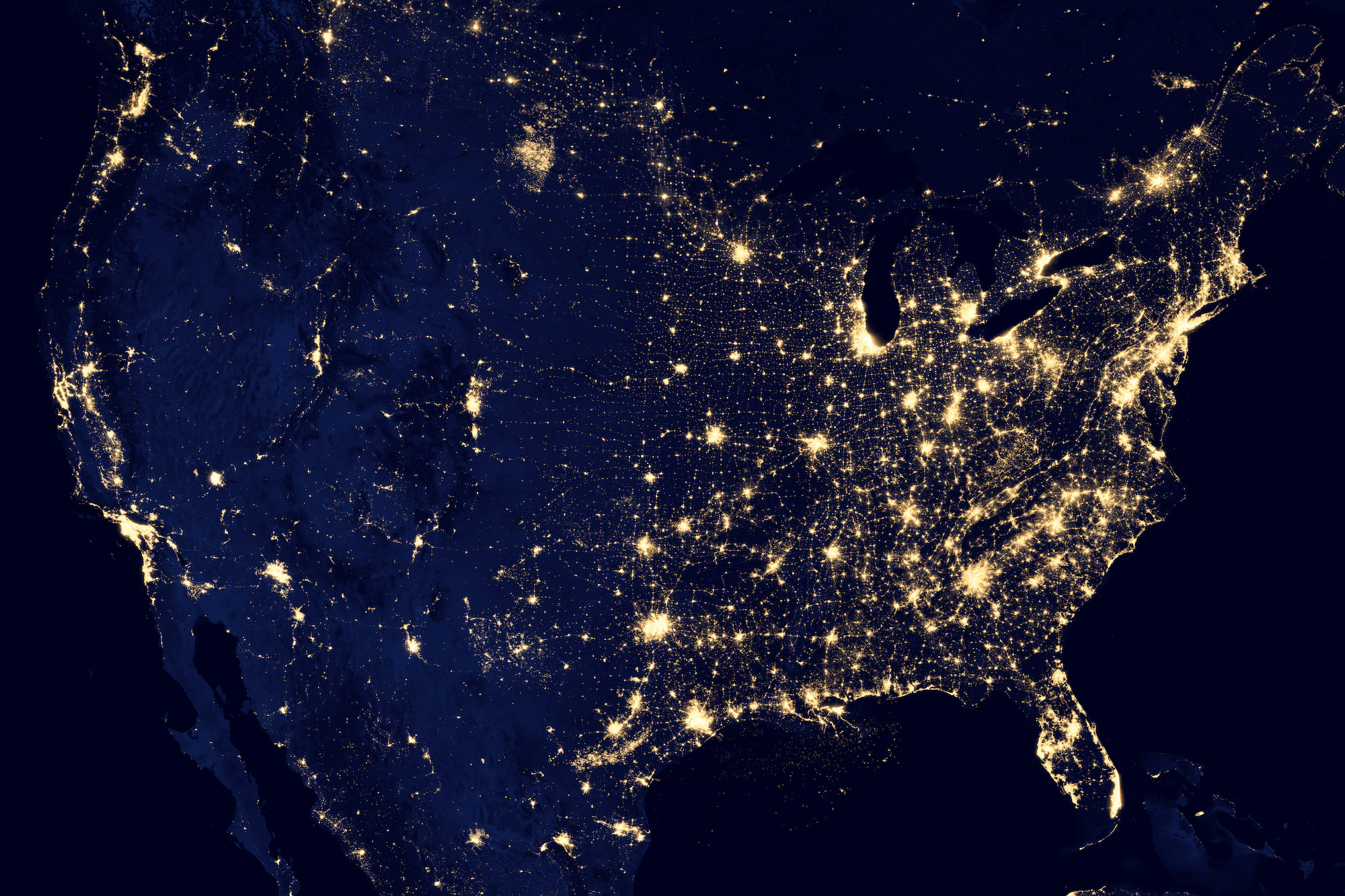

Last Friday, the House of Representatives passed a historic infrastructure bill, which includes $1.2 trillion allocated towards supporting planes, trains, energy systems—and the largest investment ever for broadband internet, to the tune of $65 billion. President Biden is expected to sign it into law on Monday.
More than 30 million Americans live in areas with no broadband infrastructure, meaning their access to high speed internet is limited. This is a bipartisan issue, and its effects were felt most during the early stages of the COVID-19 pandemic, when employees worked from home and kids went to school online.
“This is something both sides of the political aisle have talked about for a long time,” says Kevin DeGood, director of infrastructure policy at the Center for American Progress. “This bill is in line with the sort of rough estimates of what it will take to try to bring broadband internet to everybody in America.”
Here’s what you need to know about what this bill means for internet access.
What will the bill do?
The government has allocated $42.4 billion towards a Broadband Equity Access and Deployment Program, which is just what it sounds like, says DeGood. In areas without internet service, or with spotty, intermittent service, there will be an auction in which private companies can bid on how much money they would need in order to build out real broadband internet access.
The Pew Research Center consistently finds that affordability is a huge barrier to broadband adoption in the United States. A program called the Affordable Connectivity Fund seeks to address this, allocating $14.2 billion to provide a $30 monthly subsidy to bring down the cost of monthly internet access charges for households that are at or below 200 percent of the federal poverty line. This program is a continuation of the $3.2 billion Emergency Broadband Benefit Program, or EBBP, started during the pandemic to help low-income Americans get online.
Two billion dollars will go towards making sure indigenous communities have access to the internet, and $2.75 billion will go towards “digital equity plans,” like computer labs for your local library.
Did COVID-19 spur this?
The pandemic definitely played a role in pushing this bill to pass. “I think we’ve known for a long time that access to broadband was unevenly distributed,” Tejas Narechania, faculty director at the Berkeley Center for Law & Technology, says. “But the pandemic, working from home, schooling from home, ordering online, and relying on streaming services for entertainment sharpened our focus on the need for reliable internet everywhere.”
Narechania points out that the EBBP benefit, which started during the pandemic, is what has been modified and extended in this bill. But the EBB offered households subsidies of $50, while this new bill will only offer a subsidy of $30, so some households will have to pay $20 more out of pocket for internet service.
“But the program was due to expire, so these consumers are in fact better off than they otherwise would have been,” says Narechania.
Will this bill be enough to get internet access to everyone?
Experts have made different estimates on how much it would cost to get wall-to-wall coverage nationally. It’s tricky to know how much this bill will narrow the digital divide because we don’t have accurate maps of where service is or isn’t, says DeGood, because of the nature of the technology.
One of the provisions in the bill is to give the government more authority to demand better data from these private network providers. Unlike road maps, where experts can look at a map and see where there is or isn’t a road, with the internet, experts can examine a map and see that fiber optic cable has been laid down, but not know who is accessing that cable.
Our estimate is “based on guesses as to whether or not people are being served based on fiber maps and other wireline technology,” says DeGood. Just because a line might pass by someone’s property doesn’t mean they automatically have internet access.
“Based on the best estimates that are out there, this $65 billion should probably get the job done,” says DeGood. “But if it’s a little bit short, I have every reason to believe that Congress will come back and spend more in future years if there are gaps left.”
Is this changing how we view the internet?
In 2016, the UN General Assembly declared internet access “a human right.” But for a long time, the internet was seen more as an optional add-on than a necessity. But this could be the beginning of a shift in the way we see the internet, says DeGood, looking at it as more of a public good—like electricity or water—than a private luxury.
Adie Tomer, senior fellow in the Metropolitan Policy Program at the Brookings Institution, thinks the internet can indeed now be compared to a utility like electricity. “No one living in a modern economy right now can imagine a day without electricity,” he says. “From charging your phone to the dishwasher, everything runs on the electric grid. And as of March 2020, broadband became an essential utility for Americans.”
But unlike electricity, Timer says broadband is a privately run utility service that is highly underregulated, specifically lacking regulation around a universal mandate to provide affordable and ubiquitous service.
And broadband access is one of the most pressing issues in our society today. “This is easily the infrastructure sector with the biggest gaps in the United States,” says Tomer. “So it is really, really important that we get to work on this.”